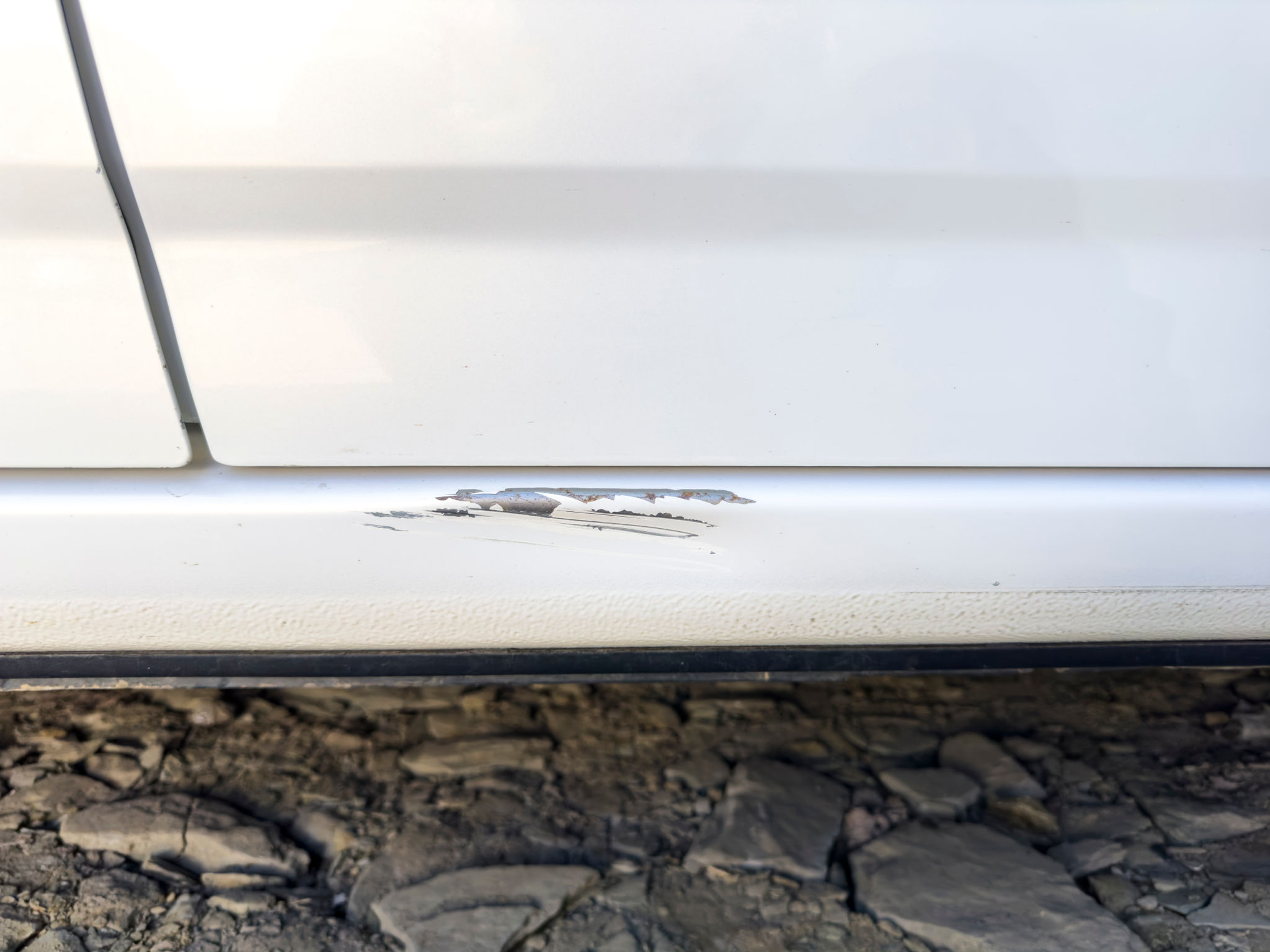Expert Insights: Improving Your Short Game with Local Techniques
Understanding the Importance of the Short Game
Improving your short game is crucial for lowering your scores and enhancing your overall performance on the golf course. Many golfers focus heavily on their long game, often neglecting the finesse and precision required in shots around the green. The short game encompasses chipping, pitching, bunker play, and putting, each demanding a unique set of skills and techniques.
Local techniques can offer valuable insights into refining these skills. By observing and learning from local golf professionals, players can adopt practices tailored to their specific course conditions, providing a competitive edge. These tailored techniques can make a significant difference, turning bogeys into pars and pars into birdies.

Mastering Chipping and Pitching
Chipping and pitching are vital components of an effective short game. Local golf instructors often emphasize the importance of setup and stance. A narrow stance with weight slightly forward can enhance control and consistency. Using a more lofted club can help elevate the ball quickly, while a less lofted club can aid in rolling the ball further.
Another local technique involves varying your wrist hinge depending on the shot's distance and height requirement. Practicing different wrist hinge levels can provide versatility in your shots. Additionally, maintaining a smooth tempo throughout the swing ensures better contact and accuracy.

Bunker Play: Navigating Sand Traps
Bunker shots can be intimidating, but mastering them is essential for a strong short game. Local experts often suggest focusing on the sand's texture and moisture level, which significantly affects shot execution. A common technique involves opening the clubface and aiming to hit the sand an inch behind the ball.
Practicing bunker shots regularly is key. Start by drawing lines in the sand to visualize your swing path and ensure you're consistently hitting the correct spot. Remember, confidence is crucial in bunker play; trust in your practice and approach each shot with determination.

Putting: The Art of Precision
Putting is where many golfers either save or squander strokes. Local courses often have unique green speeds and breaks, making it imperative to practice putting regularly at these locations. Understanding the subtle breaks and adjusting your stroke accordingly can drastically improve your scores.
Focus on developing a repeatable putting stroke. Local professionals frequently advise keeping your eyes over the ball and using a pendulum motion with minimal wrist movement. Consistency in speed control is vital; practice lag putts to hone this skill effectively.

Utilizing Local Insight for Improvement
One of the greatest advantages of learning from local techniques is the opportunity for personalized feedback. Engaging with local instructors provides insights tailored to your individual strengths and weaknesses. Consider joining local golf clinics or workshops to gain more exposure to these valuable techniques.
Another benefit includes networking with fellow golfers in your area who share similar goals. This community aspect can foster motivation and encouragement, helping you stay committed to improving your short game.
Consistency and Practice: Keys to Success
Ultimately, improving your short game requires dedication and consistent practice. Allocate time each week to focus on different aspects of your short game, rotating between chipping, pitching, bunker play, and putting. Keep track of your progress by setting specific goals and reviewing them regularly.
Remember that every course presents its own challenges, so adapting local techniques to fit varying conditions is essential. With persistence and the right guidance, you'll find that your short game becomes a reliable asset on the course.
